Envision
How do you measure Port’s performance

Ports provide a variety of service activities for vessels, cargo, and inland transport. The degree of satisfaction obtained by the shippers will indicate the level of port performance achieved. The port performance levels will be different depending on the type of vessels and type of cargo managed. Therefore, the ports have to offer very satisfactory services to vessel operators and at the same time managed to provide optimal infrastructure based on the expected vessel type and cargo to be handled in long run.
An indication of port performance is important and will become increasingly so as ship size continues to grow, competition increases, and the capital intensity of port investment rises. Features concerning port productivity includes : Vessel turnaround time, Cargo volume handled, and speed of cargo.
The port performance thus requires a set of measures related to the vessel’s stay at port, rate of loading/unloading the cargo, and quality storage/inland transport. There exists a strong interrelationship between these sets of measures and various port performance indicators. The port productivity is thus a function of its performance.
This means ports need to enhance their planning and operation capability by deploying innovative equipment and state-of-the-art technology to optimize the terminal logistic process. In order to optimize port terminal resources, it is vital to ensure that port operational flow can operate smoothly.
The port performance measurement involves the measurement of a set of indicators for each category of cargo handled since the port provides different facilities according to the type of cargo handled. The following are some of the port performance indicators measured in the Indian major ports.
Turn Round Time (TRT)
Ships Turn Round Time (TRT) in the port is the primary indicator to judge the quality of service being given by the port to the ships. TRT is the total time spent by a vessel at the port from its arrival at reporting station till its departure from the reporting station. It thus includes pre berthing waiting time, navigation time (inward movement and outward movement time), stay at working and non-working berth sand shifting time‟. However, the detention/idle time due to litigation, fire, repair/drydocking, delay in the decision regarding dismantling, etc. are not to be included in their TRT. The Turn Round Time shall comprise the following components only:
(i) Pre-Berthing Waiting Time
(ii) Inward Movement Time
(iii) Stay at Working /Non-working Berths
(iv) Shifting Time
(v) Outward Movement Time
Pre-Berthing Waiting Time(PBWT)
This is the time taken by a ship from its arrival at the anchorage and reported to the reporting station till it arrives at the operational berth excluding time taken for inward movement. The average PBWT can be obtained by dividing the total pre-berthing waiting time of all cargo vessels called on to the port during a period by the number of cargo vessels sailed during that period.
Inward Movement (IM)
This is the navigation time taken by a ship for moving from anchorage or reporting station to an operational Jetty/Berth/Mooring as the case may be. In case the navigation is first to non working berth, Inward Movement will be the time taken from anchorage point to non-working berth and time taken for shifting from non-working berth to operational berth/jetty/mooring.
Stay at Working / Non-working Berth (BT)
This is the total time spent by a cargo ship at one or more berths in one voyage. Thus, it is the sum of stay a teach berth including anchorage, holding points, midstream, etc. However, the detention/ idle time due to litigation, fire, repair/dry docking, delay in the decision regarding dismantling, etc. may be deducted since this does not form a part of the TRT. The berthing time of a cargo ship comprises two components i.e. Stay at Working Berth and Stay at Non-Working Berth. The Stay at the working berth comprises working time and non-working time. The non-working time spent at the working berth is the time for which cargo operations are not carried out owing to various reasons including reasons not attributable to the port. Non-working time is to be analyzed for the entire vessel and different vessel/cargo categories separately. Reasons for a non-working time at the working berth may be analyzed separately on the Port account and non-Port account. The non-working berth is to be analyzed for different reasons like want of working berth, poor performance, want of cargo, etc., and any other reasons. In case a single loading/unloading facility is available for more than one berth, one ship loader and pipeline fortwo berths the idle time of the ship waiting for loading/unloading may be treated as time spent at a non-working berth.
Shifting Time (ST)
This is the navigation time taken by a ship for moving from one working / nonworking berth/anchorage to another working / non-working berth/anchorage.
Outward Movement (OM)
This is the navigation time taken by a ship from the time of unberthing from the last berth till the vessel reaches reporting station.
The components of Turn Round Time are shown below:
TRT = PBWT+IM+BT+ST+OM
The average turn-round time may be obtained by dividing the total turn-round time by the number of vessels sailed.
Average Non-working time (NWTB)
Total Non-working time at Working & Non-working Berths /Total Number of Vessels sailed
Average Ship Berth-Day Output (OSBD)
Total Cargo handled by Vessels sailed/ Total Stay at Working Berth
An active shipment sector is an essential ingredient for any economy. Ports should be modernized for efficient logistical operations. If adequate resources are allocated towards updating outdated port layouts, ports will experience a smoothly operating shipment sector, which can boost the economy, reduce costs, and decrease lag time.
The future of port automation is very bright but challenging. Careful planning and implementation are critical, based on flexibility to adapt processes, and proper process understanding and clarity on industry-wide standards. Port operating performance becomes more predictable at the price of high up-front capital expenditure If projects are not designed gradually. As such, operating expenses decline, but also productivity in fully automated terminals, can reduce the ROI.
Talk to us today to know how our solutions can accelerate your digital transformation
Let's Talk




.webp)
.webp)
.webp)




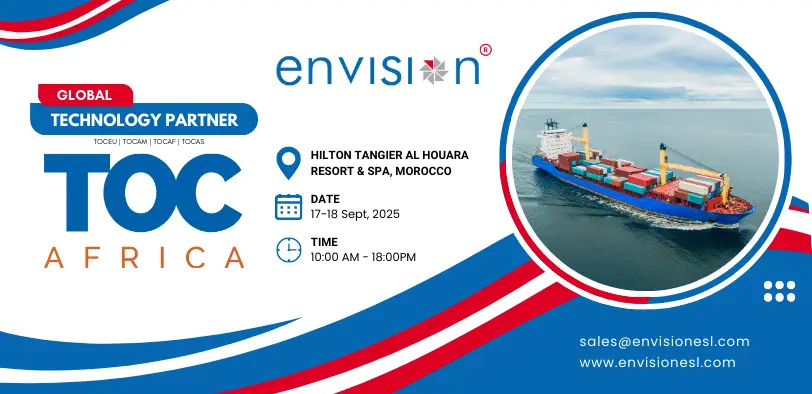
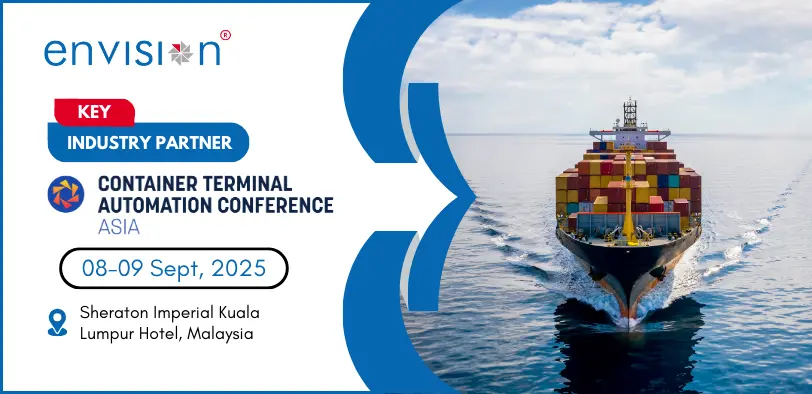


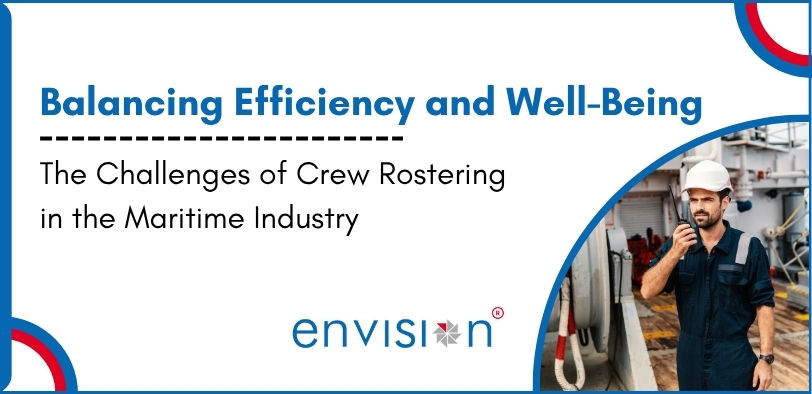
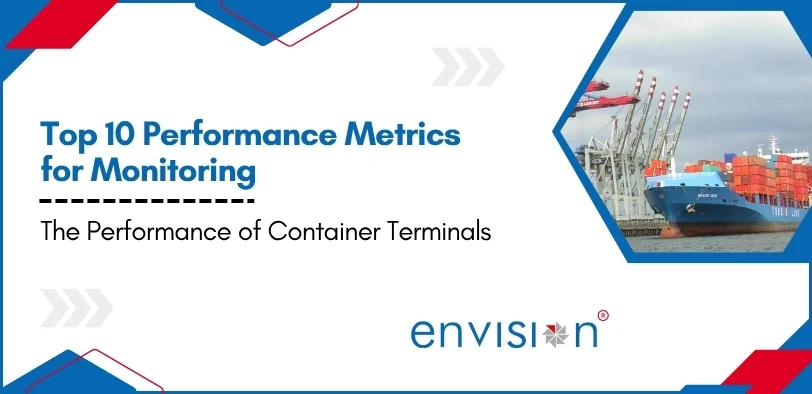

.webp)
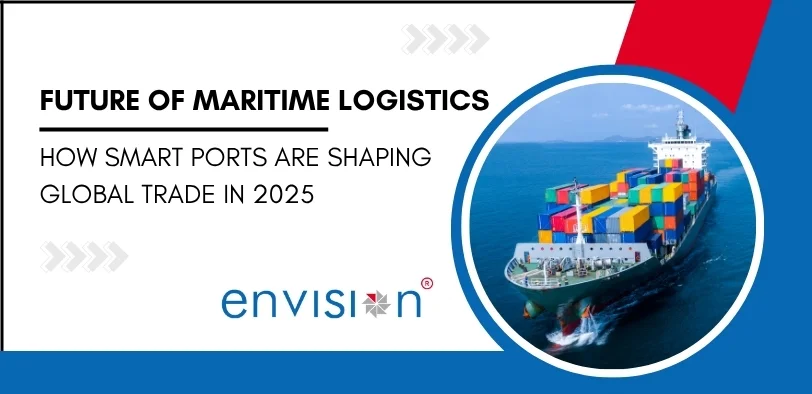







%20ver1_1.webp)







.webp)
.png)
.png)







































